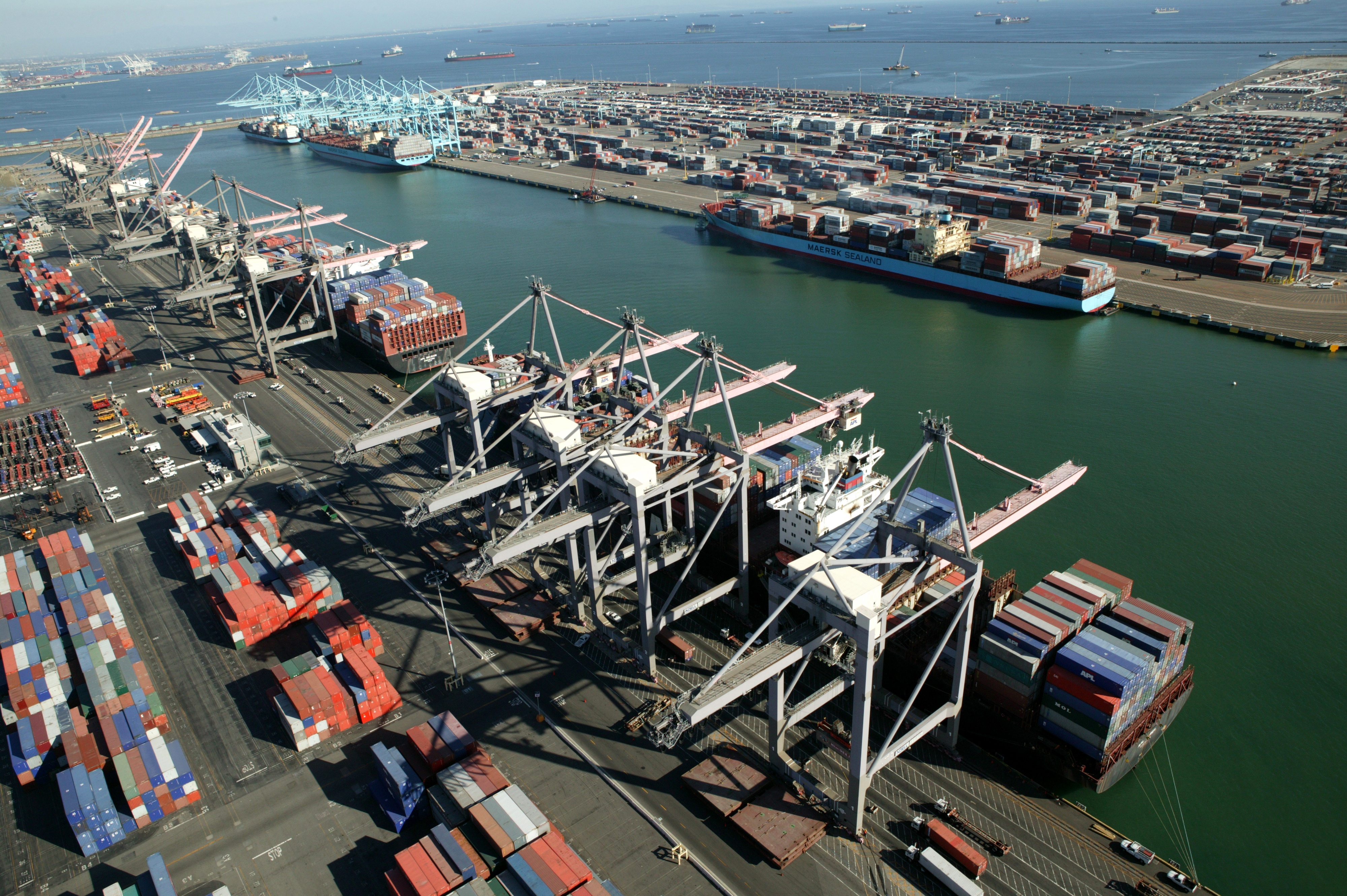The COVID-19 pandemic has profoundly changed eCommerce business and eCommerce fulfillment. Shopping from home created unprecedented demand for parcel services, which the leading carriers responded to with higher parcel rates and, ultimately, diminished capacity. In this article, we’ll review the current parcel landscape and help you identify additional ways to lower your overall eCommerce costs.
The current parcel rate landscape
 The pandemic led to a huge surge in eCommerce business. In fact, online shopping accounted for $861 billion in sales in 2020 – a whopping 44% rise from 2019.
The pandemic led to a huge surge in eCommerce business. In fact, online shopping accounted for $861 billion in sales in 2020 – a whopping 44% rise from 2019.
Due to this growth, the major parcel carriers (i.e., FedEx and UPS) saw a tremendous increase in demand for their services. But not only was there an increase in demand, there was also an increase in the number of locations that required parcel pickups. A good chunk of this resulted from ‘ship-from-store’ capabilities that many large retailers embraced during the pandemic. Walmart, for instance, increased its ship-to-store offering to 2,500 stores to better serve its online customers. Many other retailers followed suit.
What happened next is that the major parcel carriers raised parcel rates, added surcharges (including 2020 peak season surcharges that have yet to be withdrawn as of February 2021), and reduced capacity by closing their networks to new contracts and even altering existing contracts to reduce service. This left many shippers scrambling to find capacity during their busiest season.
Importantly, it’s not just the small companies that are affected by these changes. According to SupplyChainDive, large companies like Nike and Macy’s were negatively impacted by service reductions in 2020.
These rate increases, reductions in capacity, and reluctance to enter new contracts do not appear to be a one-time event caused by the pandemic and a historically busy peak season. Instead, they appear to be the new norm. The major carriers are continuing to increase rates and turn down new contracts in 2021. The USPS, while it can’t turn away business like UPS and FedEx can, has also announced new parcel rate increases of its own.
The leading carriers have all the volume they can handle with their existing assets. And, as there aren’t national alternatives to match their operational sophistication, they can more or less do as they please. And right now, this entails maximizing profits for the business they choose to serve.
For shippers of many sizes, especially small and mid-sized ones, this new landscape is daunting. The opportunities to save big on parcel through volume-based discounts simply aren’t there anymore as the carriers are not incentivized to take on more shipments, let alone reduce their rates to do so. As such, shippers are left to weigh a variety of options such as partnering with a mix of parcel carriers, partnering with regional parcel carriers, extending current contracts with carriers in hopes of locking in capacity, and signing up for longer-term carrier contracts (when a carrier does offer a contract, it’s currently a 7-10 year agreement as opposed to the traditional 3-year term).
Additional ways to reduce overall eCommerce costs
While it may be a challenge to score discounts with the large parcel carriers at the moment, there are still ways to reduce eCommerce costs. By outsourcing your eCommerce fulfillment operations to a third-party logistics (3PL) provider, you can take advantage of several cost-saving efficiencies, including the following.
- Scale operations with shared warehousing. If you own or lease your own warehouse, you’re on the hook for labor and equipment costs whether your volumes warrant them or not. With 3PL shared warehousing, on the other hand, your costs related to space and resources can scale up and down based on your volumes. Your products share the warehouse with those of other companies, and every tenant’s footprint can expand and contract. You simply pay for what you use.
- Spread inventory across multiple DCs to reduce shipping time. If your 3PL provider has multiple locations, it may be wise to split your inventory across those facilities. This is an effective strategy for getting your products closer to your customers, reducing shipping times, and ultimately reducing shipping costs.
- Employ a reliable workforce. While parcel shipping accounts for a substantial chunk of your total fulfillment costs, labor is another huge cost bucket. The COVID pandemic, along with high levels of competition among fulfillment and warehousing companies, has made attracting and retaining qualified talent difficult. As the business of a 3PL depends on its warehouse associates, its staffing operations are likely to be much more robust than yours would be on your own. 3PLs also have the advantage of cross-training employees for different customer operations and moving associates to fill in gaps when necessary.
- Implement automation to reduce costs. While labor is a large eCommerce fulfillment expense, it is the manual picking and packing of orders that accounts for much of these labor costs. Without key warehouse technologies, pick and pack operations can be inefficient and costly. Robust 3PL providers that have the resources to invest in eCommerce automation technologies can drastically reduce your labor costs.
eCommerce fulfillment is more than parcel rates
From helping you devise a custom solution to your parcel challenges to implementing the efficiency-boosting measures outlined above, 3PLs can help optimize your fulfillment operations to deliver a great customer experience. And in the hyper-competitive landscape of 2021, that’s every bit as important to your bottom line. To learn more about working with a trusted fulfillment partner from the West Coast, contact Weber Logistics today.





 Capital Management
Capital Management